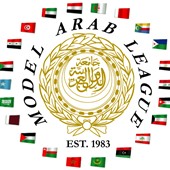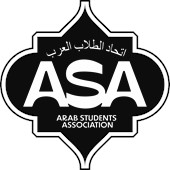
العربية • Arabic
Language. Culture. Global Reach.
Studying Arabic at Miami University connects students to one of the world’s most widely spoken and globally significant languages. With over 400 million speakers, Arabic opens doors to rich literary, artistic, and cultural traditions, while enhancing career opportunities in diplomacy, international relations, journalism, translation, and more. As an official UN language, Arabic proficiency fosters meaningful communication across diverse communities and deepens global understanding.
World Languages and Cultures, B.A.
Discover the power of language at Miami University. Our World Languages and Cultures BA blends modern languages, global cultures, and real-world skills to help you thrive in a connected world. Whether you're starting fresh or continuing your studies, this languages degree opens doors—from Oxford to across the globe.
Explore the MajorWhy Study Arabic?
A Globally Strategic Language
Cultural and Academic Enrichment
A Bridge to Other Languages
Beyond the Classroom
Arabic Club
MECCA Club (Middle East Cultural Club and Arts)
Contact the Department

Department of German, Russian, Asian, and Middle Eastern Languages and Cultures
Irvin Hall 172
400 East Spring Street
Oxford, OH 45056-3645
United States
(513) 529-2526
General Inquiries: gramelac@MiamiOH.edu

